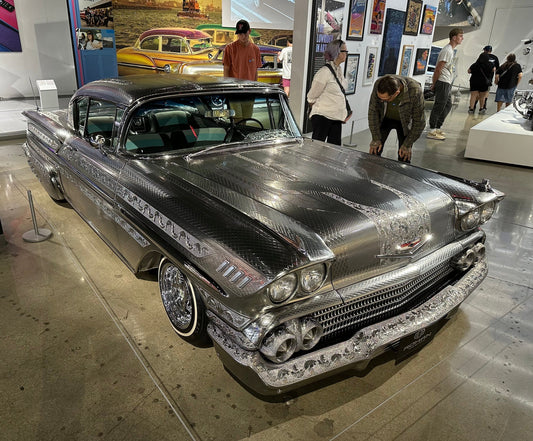They say that in life timing is everything. Arrive late and you might miss out. Too early and you waste your precious time.
What about the digital datastream? How important is keeping the right time?
In the middle of the 90s as I was poking around in the digital audio field trying to figure out how important the front end of that chain was, rumblings of concern over the quality of clocks and timing began to surface. Engineers and techno-nerds were wondering how much keeping perfect time in a DAC mattered. There were even a few DACs appearing on the marketing boasting of better and more accurate clocks.
A few went over the line of reasonability (Wait. Audiophile companies going to the extremes? Beyond reasonable? Oh, the surprise) by steadying their DAC's internal timing reference with little ovens and fancy oscillators. We heard incremental improvements but none yet as big as the improvements wrought by changes to the output stage topologies.
One good reason for this made me snicker. What most people don't realize is that the master clock for your DAC comes from the source, not the DAC.
Wait. What?
Indeed. The CD transport supplies the clock to the DAC, requiring the DAC to be a slave to the vagaries of the CD transport—so a fancy oven controlled clock inside the DAC could not help at all with that.
Ok, so now we have this tidbit of info floating around in my addled brain and adding to clue number one: output shape and size matter to sound quality. What about this timing thing?
Clue number two came in an interesting vehicle. A Sony Discman. The Discman was the successor to the Sony Walkman, which was a portable cassette player. The Discman took the portable concept and added in the CD. People on the move could listen to their CDs without being tied down to their living rooms.
But, the Discman had a problem. The runner or walker wearing the Discman would upset the sensitive laser mechanism trying its best to track those little pits and lands that made our bits. Sony had to figure out a way to overcome that problem and the method they used turned out to be the key to what eventually would become the Digital Lens.
To be continued.










